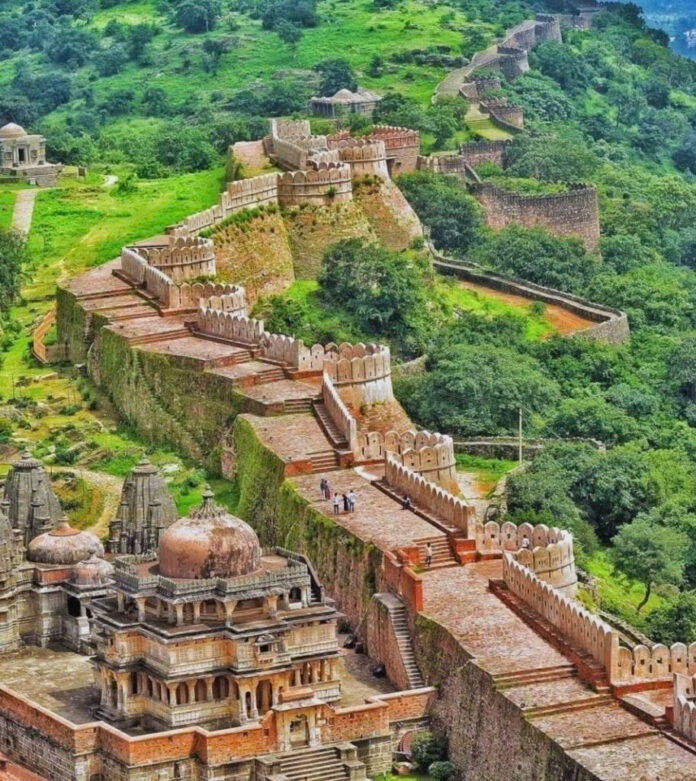In the heart of Rajasthan’s mystical Aravalli Hills, where ancient winds whisper tales of valor and grandeur, rises one of India’s most magnificent fortresses—Kumbhalgarh Fort. This architectural wonder has stood sentinel for centuries, its massive walls embracing secrets of a glorious past while welcoming modern-day explorers to discover its timeless beauty.
The Epic Tale of Construction and Design
Vision of a Legendary Ruler
The story of Kumbhalgarh begins in the 15th century with Rana Kumbha, a visionary ruler whose ambition was to create an unconquerable fortress. Choosing the strategic heights of the Aravalli Range, he envisioned a citadel that would not only protect his kingdom but also stand as an eternal symbol of Rajput might and architectural mastery.
Engineering Marvel of the Ages

What emerged from this grand vision was nothing short of extraordinary. Craftsmen and architects of exceptional skill transformed red sandstone and pristine marble into a fortress of unparalleled magnificence. The result was a defensive marvel whose walls stretch an astounding 36 kilometers—earning it the distinction of having the world’s second-longest continuous fortification, surpassed only by China’s Great Wall.
The ingenious design incorporated strategically placed bastions and watchtowers along the serpentine walls, creating a defensive network that offered commanding views of the surrounding terrain while providing impenetrable protection against any would-be invaders.
The Architectural Symphony Within
Masterful Urban Planning
Step inside Kumbhalgarh, and you’ll discover a meticulously planned urban landscape that showcases the brilliance of medieval city planning. The fortress encompasses a harmonious blend of royal palaces, sacred temples, and residential quarters, each positioned with careful consideration for both functionality and aesthetic appeal.
The architects demonstrated remarkable foresight by incorporating an advanced water management system, complete with step wells and reservoirs, ensuring the fortress could withstand lengthy sieges while maintaining the comfort of its inhabitants.
The Crown Jewel: Badal Mahal
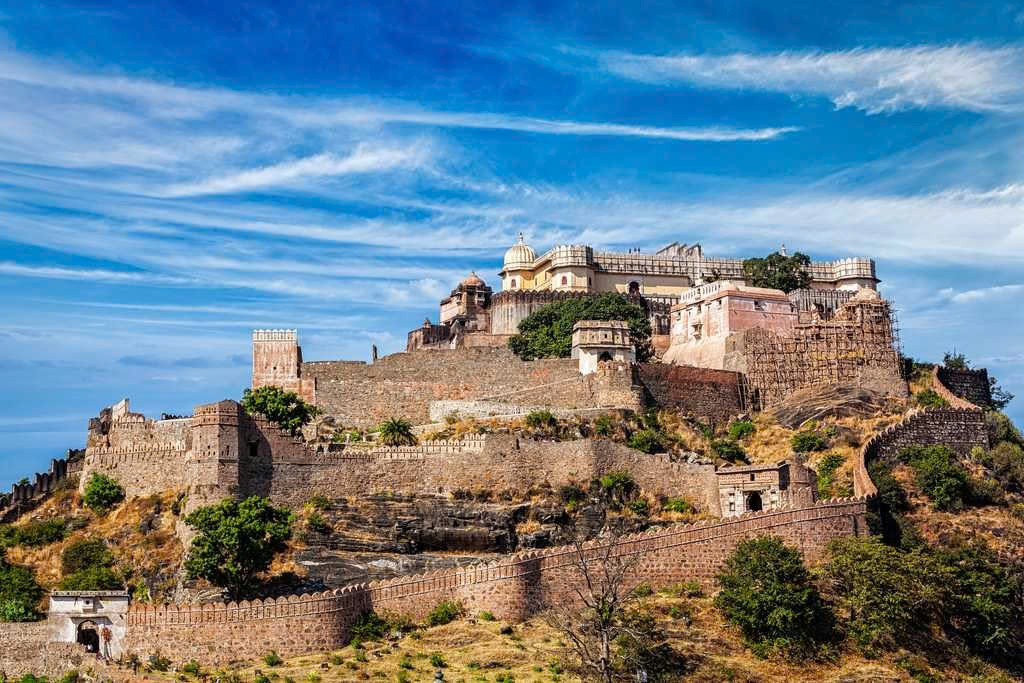
At the heart of this architectural wonderland stands the magnificent Badal Mahal—the Palace of Clouds. This stunning structure represents a perfect fusion of Rajput and Mughal architectural traditions, featuring intricate stone carvings and vibrant frescoes that tell stories of royal life and cultural richness. The palace serves as a living museum, preserving the artistic heritage of a golden era.
A Living Canvas of Artistic Expression
Interior Splendor and Royal Grandeur
The interior spaces of Kumbhalgarh Fort transport visitors into a world of royal opulence. Every palace chamber reveals exquisite craftsmanship through delicate stone carvings, ornate decorative elements, and a vibrant color palette that brings the walls to life. The attention to detail in these spaces reflects the sophisticated taste and cultural refinement of the Rajput nobility.
Harmony with Nature
One of the most remarkable aspects of Kumbhalgarh Fort is how seamlessly it integrates with its natural environment. Rather than imposing upon the landscape, the fortress embraces the rugged terrain, using the natural topography as part of its defensive strategy. This thoughtful integration demonstrates the architects’ deep understanding of both military engineering and environmental harmony.
Artistic Heritage and Cultural Storytelling
Facade as a Historical Narrative
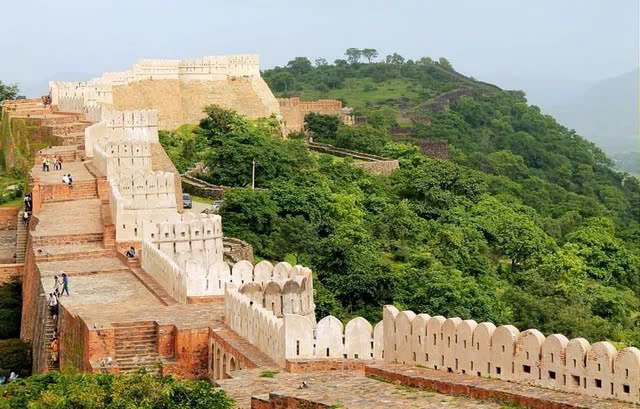
The exterior walls of Kumbhalgarh Fort serve as a grand canvas, adorned with intricate carvings and decorative elements that narrate tales of heroism, mythology, and daily life from centuries past. These artistic details transform the fortress facade into a visual encyclopedia of Rajput culture, where every carving tells a story and every design element holds historical significance.
Video
Architectural Identity
The fortress proudly displays the distinctive Rajput architectural style, characterized by robust structural elements, elaborate stone carvings, and a rich color scheme. The subtle incorporation of Mughal influences throughout the complex reflects the cultural exchanges and artistic dialogue that flourished during this historical period.
Modern-Day Pilgrimage to the Past
Historical Significance and Cultural Legacy
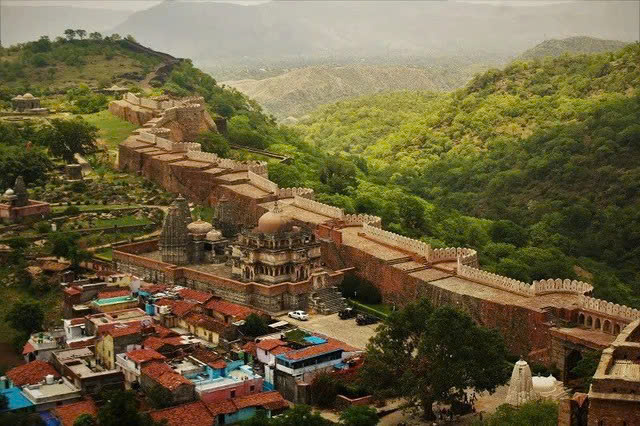
Today, Kumbhalgarh Fort stands as more than just a tourist destination—it is a sacred repository of Rajasthani heritage. The fortress has witnessed countless battles, political transformations, and cultural evolution, making it an essential pilgrimage site for anyone seeking to understand India’s rich historical tapestry.
Immersive Experience Through Technology
To enhance the visitor experience and bring history to life, the fort offers a spectacular light and sound show that transforms the ancient walls into a stage for storytelling. As darkness falls and lights dance across the weathered stones, the fortress comes alive with tales of courage, romance, and royal intrigue, creating an unforgettable experience that bridges the gap between past and present.
Conclusion: A Timeless Legacy
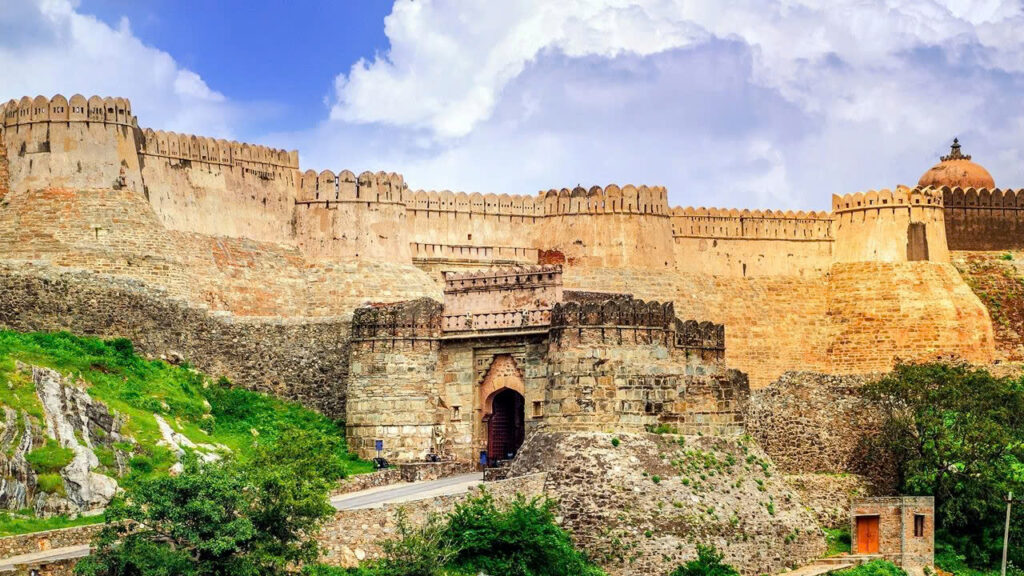
Kumbhalgarh Fort remains an enduring testament to human creativity, architectural brilliance, and historical preservation. Its massive walls continue to inspire awe, its intricate designs still captivate visitors, and its stories continue to resonate with new generations of explorers.
As you plan your journey to this extraordinary fortress, prepare to embark on a voyage through time itself. Within these ancient walls, you’ll discover not just a monument to the past, but a living celebration of India’s architectural heritage and cultural legacy. Kumbhalgarh Fort awaits—ready to share its secrets with those who seek to understand the magnificent tapestry of Rajasthan’s golden age.
